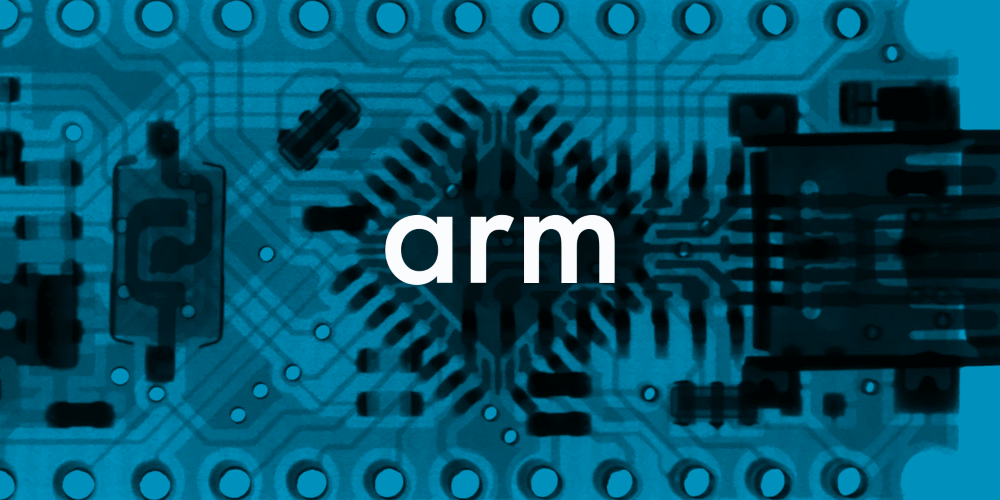[ad_1]

The UK Secretary of State for Digital, Culture, Media and Sport Oliver Dowden issued an intervention notice on Monday that will see the nation’s Competition and Markets Authority (CMA) conduct a phase one investigation into the $40 billion purchase of Arm by Nvidia.
“We want to support our thriving UK tech industry and welcome foreign investment, but it is appropriate that we properly consider the national security implications of a transaction like this,” Dowden said.
The CMA will have until July 30 to prepare its report, after which the Digital Secretary can either clear the deal, gather undertakings in order to clear the deal, or refer it for a phase two investigation based on public interest or competition issues.
“In reaching this decision, [Dowden considered advice received from officials across the investment security community,” a government notice said.
Even though the CMA investigation was kicked off on national security grounds, it will also advise whether transferring ownership of the UK chip designer from a Japanese tech giant, in the form of Softbank, to an American one in Nvidia, would lessen competition.
Speaking to journalists last week, Nvidia CEO Jensen Huang said the Arm acquisition was “going really well”.
“We’re working with regulators in the US, and Europe, and Asia to explain our vision for Arm — and the vision for Arm is going to expand Arm, it’s going to expand the ecosystem, it’s going to bring more innovation to the market, and so the regulators are very supportive of it because it’s pro-competition, it’s pro-innovation, and it’s pro-choice,” he said.
Under the terms of the deal announced in September, Nvidia will pay SoftBank $12 billion in cash, and $21.5 billion in Nvidia stock, with $5 billion placed under an earn-out clause. Nvidia is not purchasing the IoT services part of Arm.
Addressing recent chip supply shortages, Huang said consumers clamouring for products made on a “leading edge process” has led to semiconductor manufacturers feeling pressure. “TSMC and Samsung and Intel are feeling great demand and great pressure,” he said.
“I think that we just have to recognise that leading edge process cannot be a fraction of the overall capacity of the industry, it has to be a larger percentage of it, and I think these leading edge semiconductor companies are aware of that and they’re mindful of that.
“But it will take a couple of years before we get leading edge capacity to the level that that is supportive of the global demand of digital technology.”
Related Coverage
[ad_2]
Source link